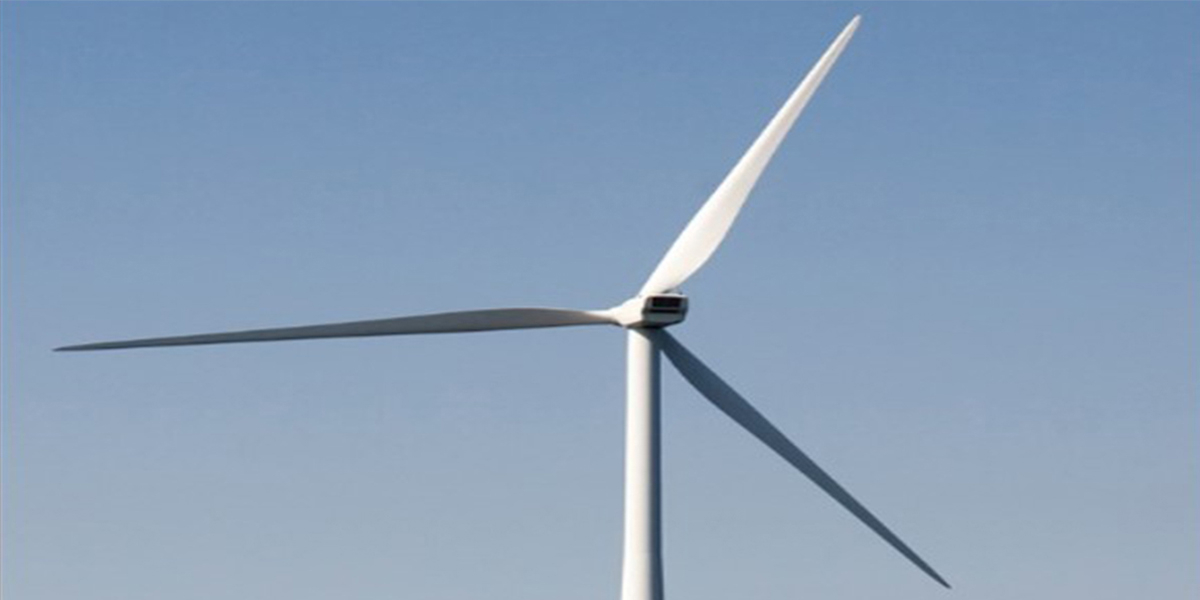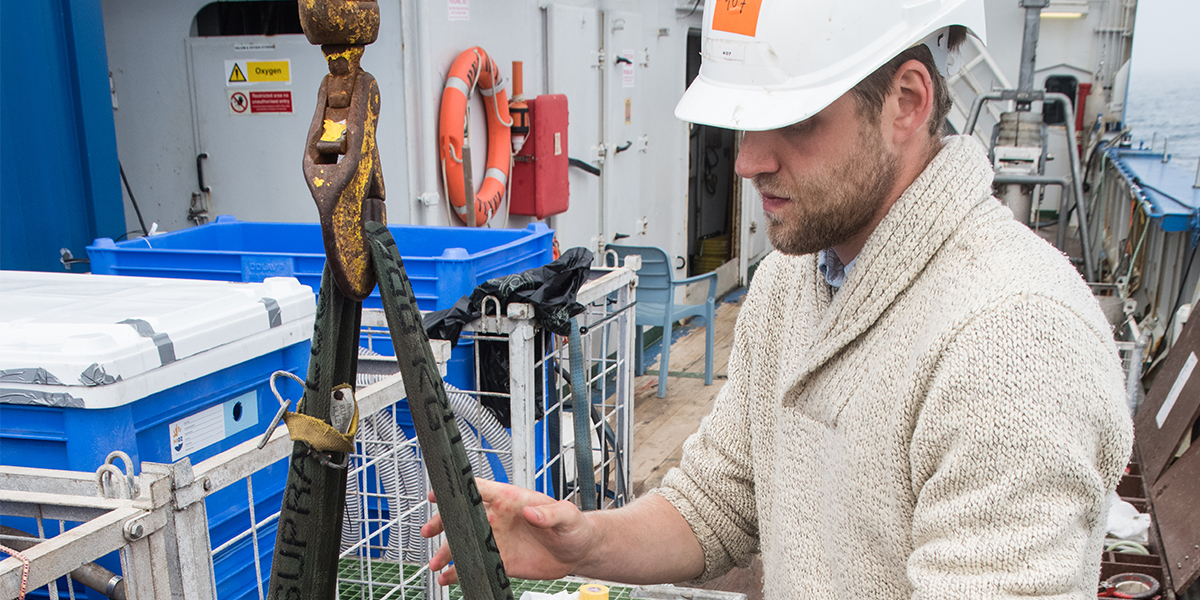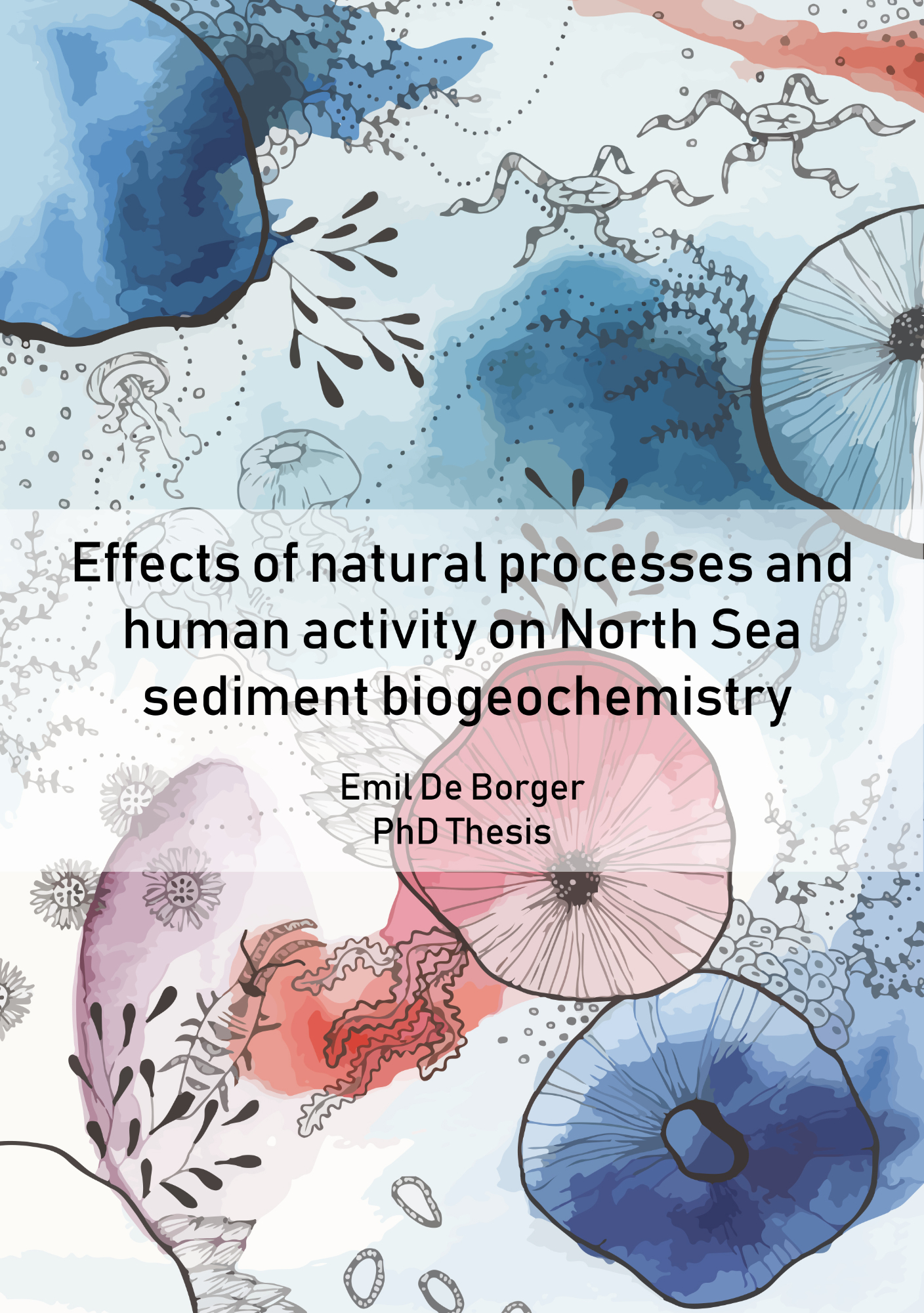Understanding sediment biochemistry to better asses human impact on North Sea ecology

Valuable ecosystem services
On the bottom of coastal seas, microbes recycle dead organic material back to free nutrients, available to life in the water column. 'These marine sediments provide valuable ecosystem services such as nutrient cycling, buffering of the over-enrichment of water with minerals and nutrients, called eutrophication, and climate regulation', says De Borger. 'Intense human activity in coastal seas alters the state of sediments, and with it their functioning.'
Biogeochemistry encompasses biological, chemical, and physical processes that shape the cycling of nutrients. These processes are influenced by environmental factors, such as sediment characteristics and hydrodynamics, but also the fauna in the sediment plays a crucial role. De Borger: 'The balance of these drivers remains difficult to determine, which makes it hard to estimate the effects of disturbances on the functioning of sediments.'
Bottom trawling and wind farms
In his studies performed close to shore, and further out into the North Sea, De Borger looked closely at these interactions between different drivers and their effects on current sediment biogeochemistry. Based on these data, De Borger and colleagues developed models that can help assess the effects of two human activities at sea on the mineralization processes in the sediment: bottom trawl fisheries, and the construction of offshore wind farms.

Defence
Effects of natural processes and human activity on North Sea sediment biogeochemistry
Emil de Borger
Supervisors: Karline Soetaert en Ulrike Braeckman
Ghent University
Friday 29th of January, 16:00
Follow this link to join the defence online:
Click here to join the meeting
